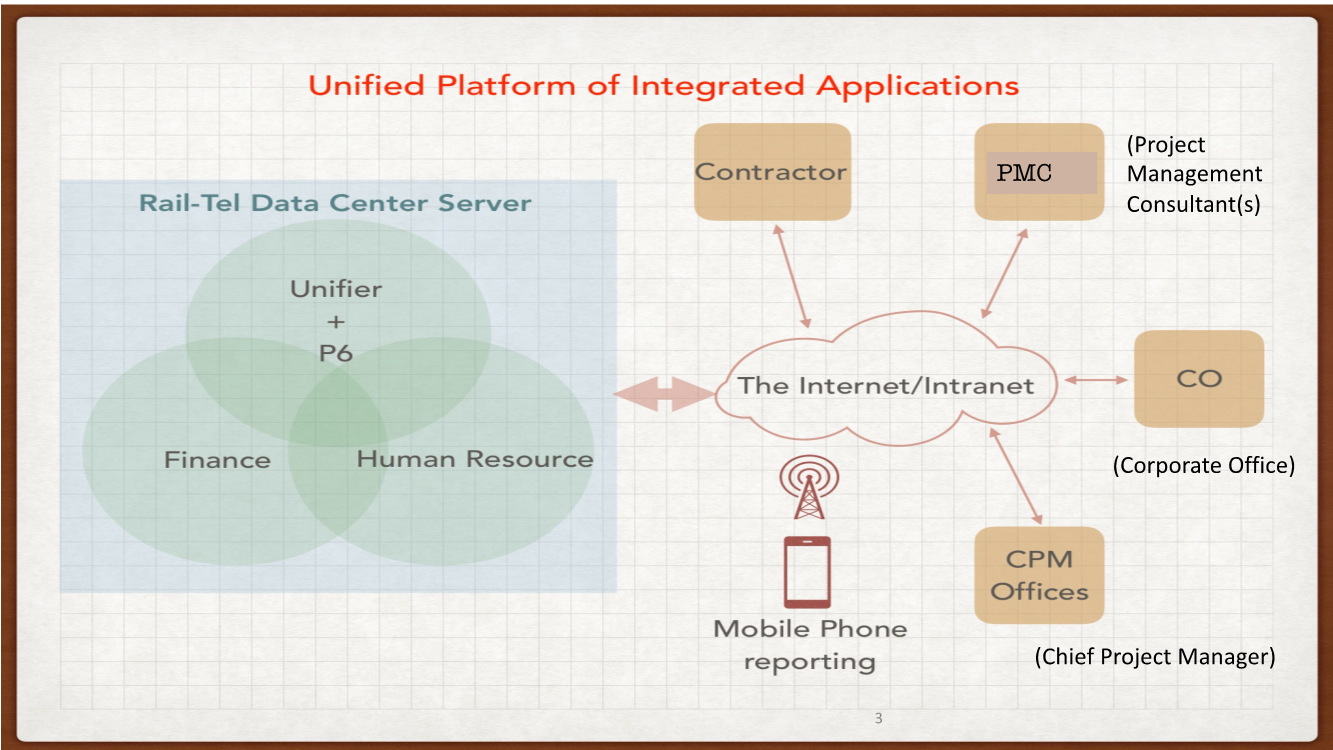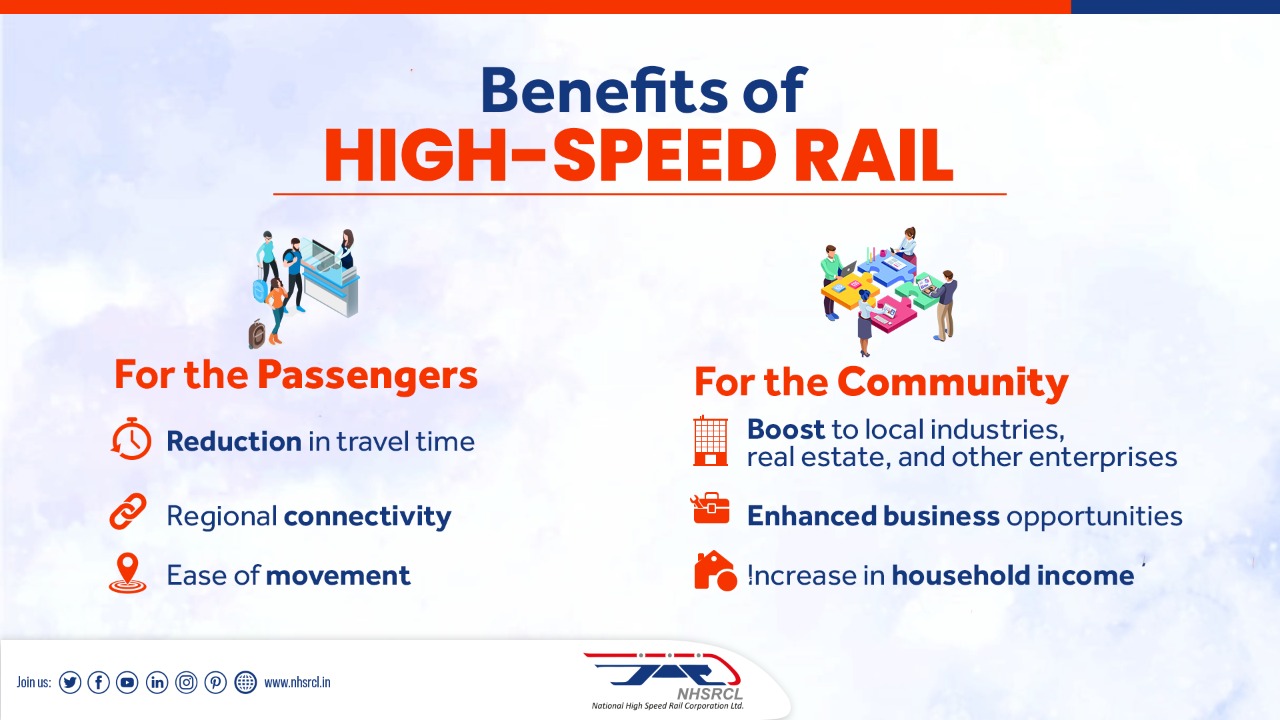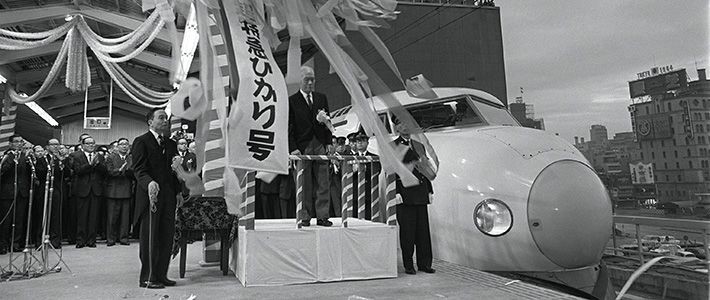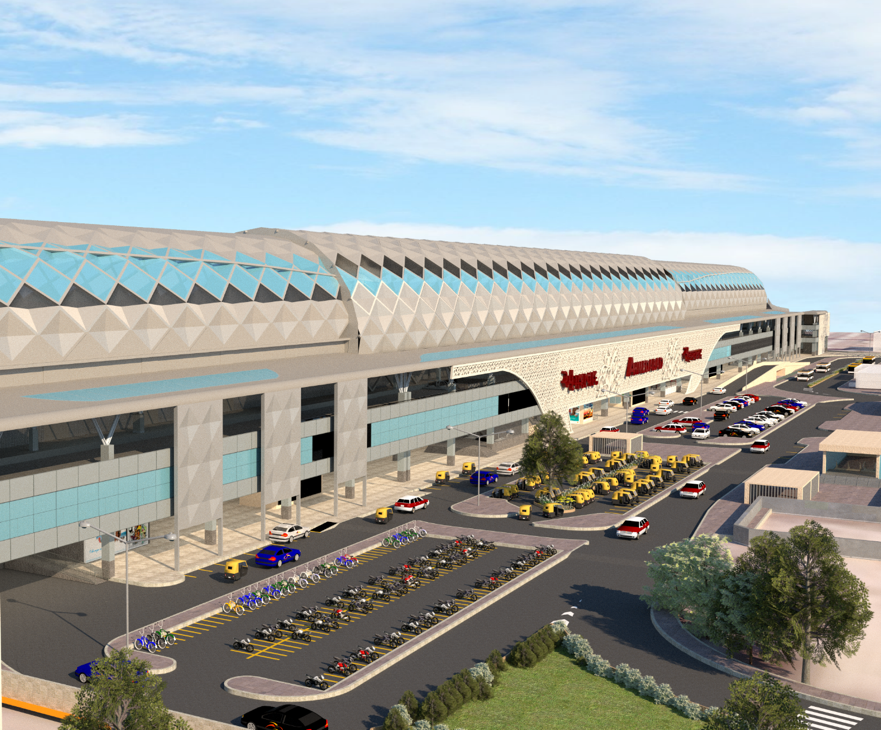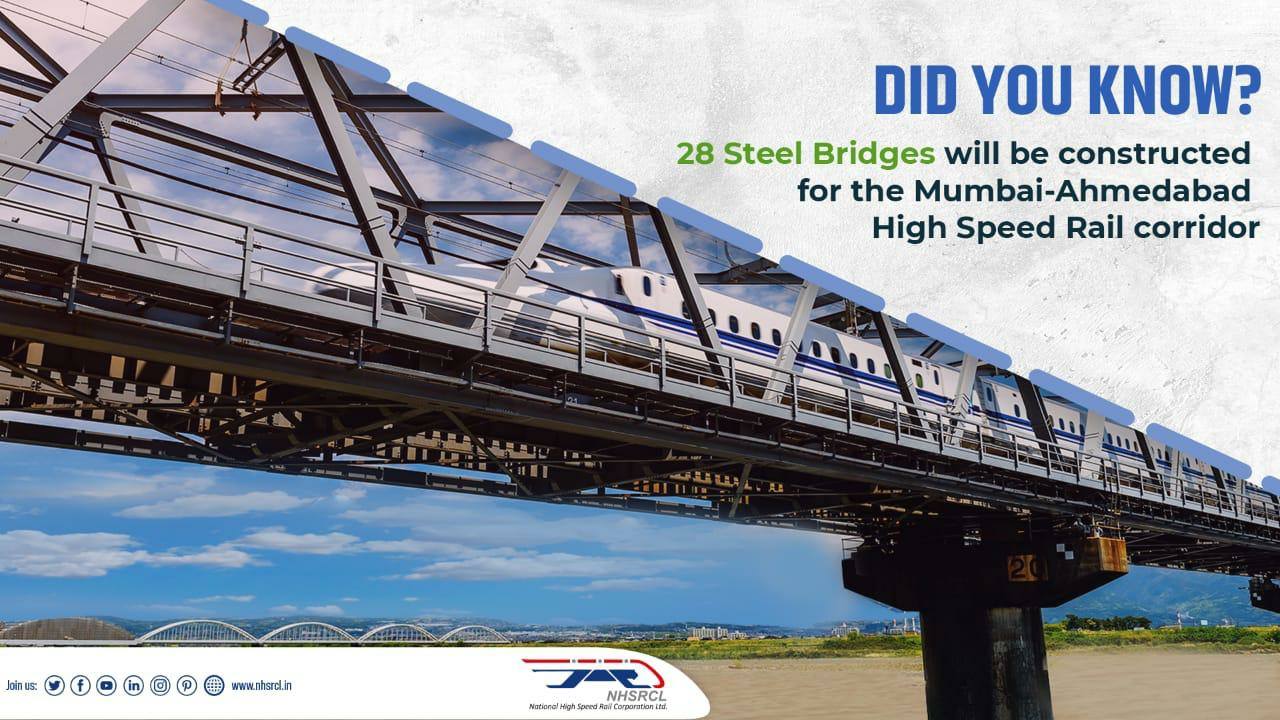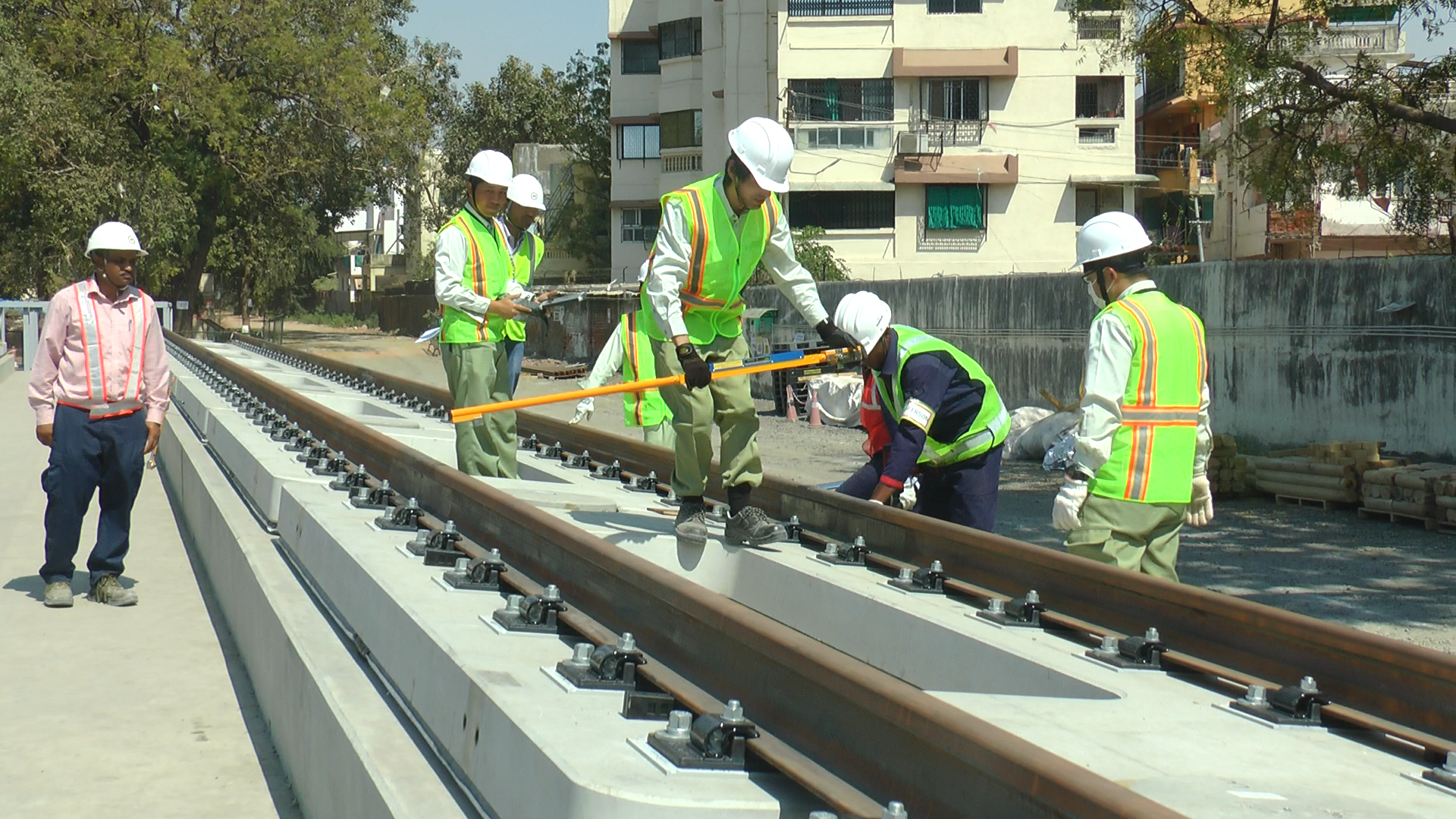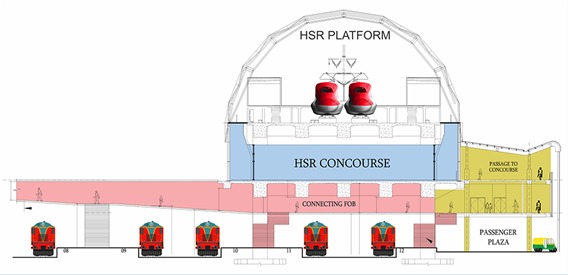-Vivek Kumar Gupta, Managing Director (NHSRCL)
India's transportation landscape is undergoing a significant transformation with the introduction of the Mumbai-Ahmedabad High-Speed Rail (MAHSR) project. Stretching across 508 kilometers amidst the scenic beauty of Maharashtra and Gujarat, this ambitious venture marks the dawn of a fresh era in connectivity and advancement.
Commencing its journey from Mumbai's bustling Bandra Kurla Complex (BKC), the MAHSR project promises to redefine intercity travel dynamics. Powered by…




